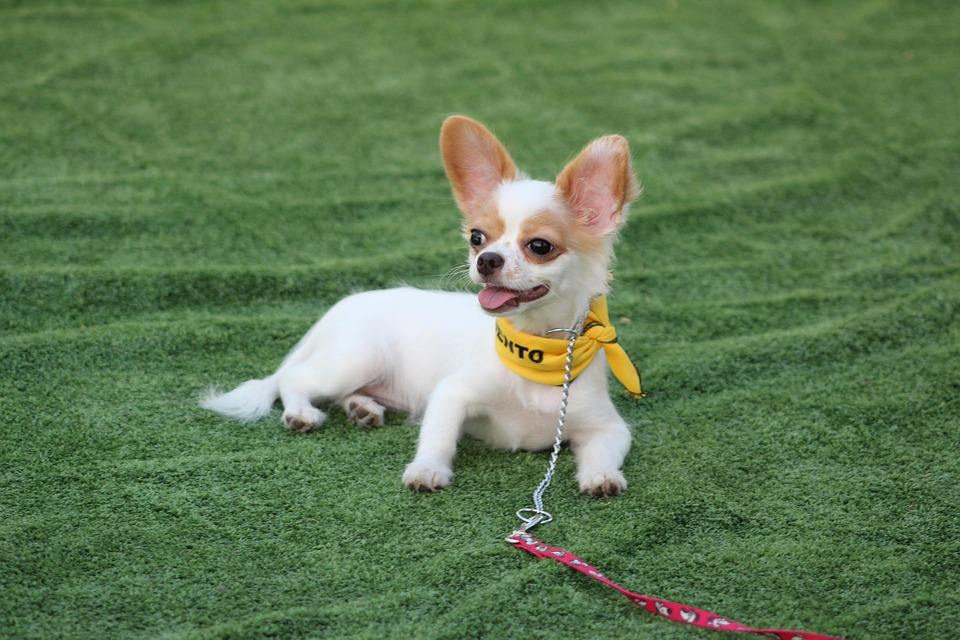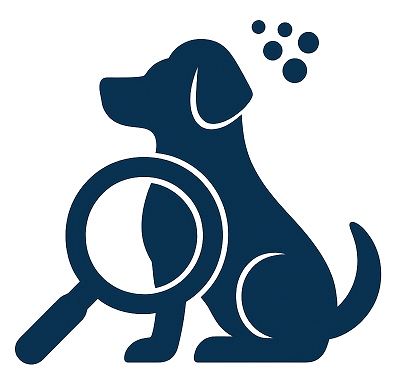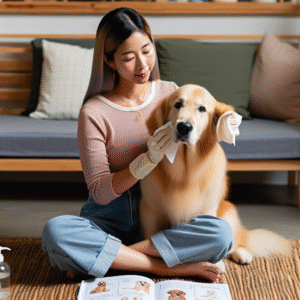
Training a dog to be obedient at home is a rewarding and essential task for any dog owner. It not only enhances the bond between you and your furry friend but also ensures safety, mental stimulation, and a harmonious household. This article will delve into effective home training tips that can help you master dog obedience, even if you’re starting from scratch.
Understanding Canine Behavior
Before diving into training methods, it’s crucial to understand your dog’s behavior. Canine instincts, body language, and breed-specific traits can significantly influence how they respond to training. Dogs are pack animals and thrive on structure and leadership, making it vital for you to assume the role of a calm and assertive leader.
Recognizing Body Language
Dogs communicate extensively through body language. Recognizing signs such as wagging tails, ear positions, and vocalizations can help you gauge your dog’s mood and receptiveness to training. Observing these signals allows you to adjust your approach for more effective communication.
Breed-Specific Traits
Different breeds have unique characteristics that can impact training. For instance, herding breeds like Border Collies are highly intelligent and require mental stimulation, while hounds may have a strong prey drive that affects their focus. Tailoring your training methods to suit your dog’s breed can lead to better results.
Establishing a Training Environment
Creating an ideal environment for training is a fundamental step in achieving obedience. An effective training space should be free from distractions, safe, and equipped with the necessary tools to encourage learning.
Minimizing Distractions
Choose a quiet area in your home or yard where your dog can focus solely on you. Minimizing distractions such as loud noises, toys, and other pets can increase your dog’s concentration and responsiveness during training sessions.
Using the Right Tools
Having the right tools can enhance the training experience. Consider using a leash, collar, clicker, and treats to reinforce positive behavior. These tools, when used correctly, can help you communicate effectively with your dog.
Positive Reinforcement Training
Positive reinforcement is one of the most effective methods for teaching dog obedience. This approach involves rewarding desirable behavior to encourage repetition and learning. Here’s how to implement it successfully:
Utilizing Treats and Rewards
Choose high-value treats that your dog finds irresistible. Use these to reward your dog immediately after they perform a desired behavior. Consistency is key, so always reward the behavior you want to reinforce.
Incorporating Clicker Training
Clicker training is a popular form of positive reinforcement that uses a distinct clicking sound to mark the exact moment a dog performs the desired behavior. Once the behavior is marked, follow up with a treat. This method can speed up the learning process and improve communication between you and your dog.
Basic Commands for Obedience
Teaching your dog basic commands is foundational to obedience. These commands not only improve behavior but also enhance safety and control.
Teach ‘Sit’
The ‘sit’ command is often the first behavior taught due to its simplicity and utility. Hold a treat close to your dog’s nose, then move your hand upward, allowing their head to follow the treat and causing their bottom to lower. Once they are in a sitting position, say “sit,” then give them the treat and praise.
Master ‘Stay’
‘Stay’ is crucial for impulse control. Begin by asking your dog to sit. Open your palm in front of you and say “stay.” Take a few steps back, then return and reward them if they remain in place. Gradually increase the distance and duration of the stay command.
Perfect ‘Recall’
‘Come’ or recall is a vital command for safety. Start by using a long leash. Call your dog’s name followed by “come” while gently pulling the leash towards you. Reward them with treats and affection when they arrive. Practice in a safe, enclosed area before progressing to more challenging environments.
Implement ‘Leave It’
Teaching ‘leave it’ can prevent your dog from picking up harmful items. Hold a treat in both hands. Show one closed fist with the treat inside and say “leave it.” Once they stop trying to get the treat, reward them with the treat from the other hand. Repeat and gradually increase the difficulty by using different items.
Consistency and Patience in Training
Consistency is paramount in dog training. Dogs thrive on routine, and consistent guidelines help them understand what is expected of them. Here’s how to maintain consistency and patience during training:
Set a Schedule
Establish a regular training schedule to reinforce learning. Short, frequent sessions are often more effective than infrequent, lengthy ones. Aim for 5-10 minutes of focused training multiple times a day.
Stay Patient and Positive
Training requires patience. Dogs may not learn immediately, and setbacks are normal. Stay positive, avoid punishment, and focus on rewarding progress. Celebrate small victories to keep both you and your dog motivated.
Addressing Behavioral Issues
At times, dogs may exhibit behavioral issues that require targeted training. Understanding and addressing these issues promptly can prevent them from becoming ingrained habits.
Dealing with Barking
Excessive barking can be disruptive. Identify the cause, whether it’s boredom, fear, or attention-seeking, and address it accordingly. Use commands like “quiet” or “enough,” and reward silence to encourage calm behavior.
Managing Leash Pulling
Leash pulling is a common challenge. Stop walking when your dog pulls, and resume only when the leash is slack. This teaches them that pulling doesn’t result in forward movement. Reinforce good leash manners with treats and praise.
Handling Separation Anxiety
Separation anxiety can lead to destructive behavior. Gradually accustom your dog to being alone by leaving them for short periods and gradually extending the time. Provide toys and comfort items to ease anxiety.
Advanced Training Techniques
Once your dog has mastered basic obedience, you can explore advanced training techniques to further challenge their intellect and skills.
Agility Training
Agility training involves navigating obstacle courses and can greatly enhance your dog’s physical and mental abilities. Start with simple obstacles like tunnels and jumps, and gradually increase complexity.
Trick Training
Teaching tricks is a fun way to bond with your dog and challenge their brain. Simple tricks like “shake hands” or “roll over” can be taught using positive reinforcement methods similar to basic commands.
Canine Good Citizen (CGC) Certification
The CGC program is a recognized standard for well-behaved dogs. Training for CGC involves advanced obedience and socialization skills. Passing the CGC test can be a source of pride and demonstrate your dog’s good manners.
Conclusion
Mastering dog obedience at home requires understanding, patience, and consistency. By employing positive reinforcement, addressing behavioral issues, and continually challenging your dog with advanced training, you can create a well-behaved companion who is a joy to have around. Remember, every dog learns at their own pace, so celebrate progress and enjoy the journey of training your furry friend.
#ChatGPT assisted in the creation of this article.













